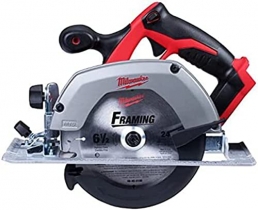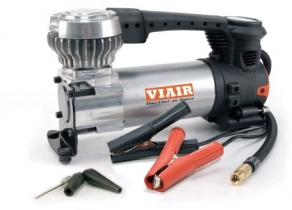-
Welcome to Tacoma World!
You are currently viewing as a guest! To get full-access, you need to register for a FREE account.
As a registered member, you’ll be able to:- Participate in all Tacoma discussion topics
- Communicate privately with other Tacoma owners from around the world
- Post your own photos in our Members Gallery
- Access all special features of the site
Trey's *Twin Turbo 5VZ* Mid-Travel Build +Haltech Tips
Discussion in '1st Gen. Builds (1995-2004)' started by treyus30, Feb 27, 2023.
Page 2 of 2
Page 2 of 2


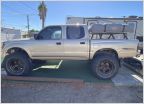 StevenP’s 37s + IFS ¯\_(ツ)_/¯ build
StevenP’s 37s + IFS ¯\_(ツ)_/¯ build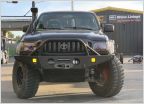 Prayn4surf
Prayn4surf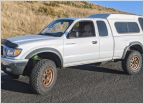 ShapeShifter Builds Bumble
ShapeShifter Builds Bumble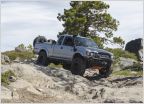 Oliver the Lunar Mist Ext Cab Build, dual cased and double locked
Oliver the Lunar Mist Ext Cab Build, dual cased and double locked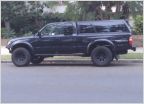 LAL00O00 Build
LAL00O00 Build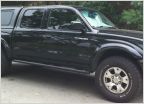 BigOly's 2004 TRD DC "CARGO" build, A New Journey Begins
BigOly's 2004 TRD DC "CARGO" build, A New Journey Begins

